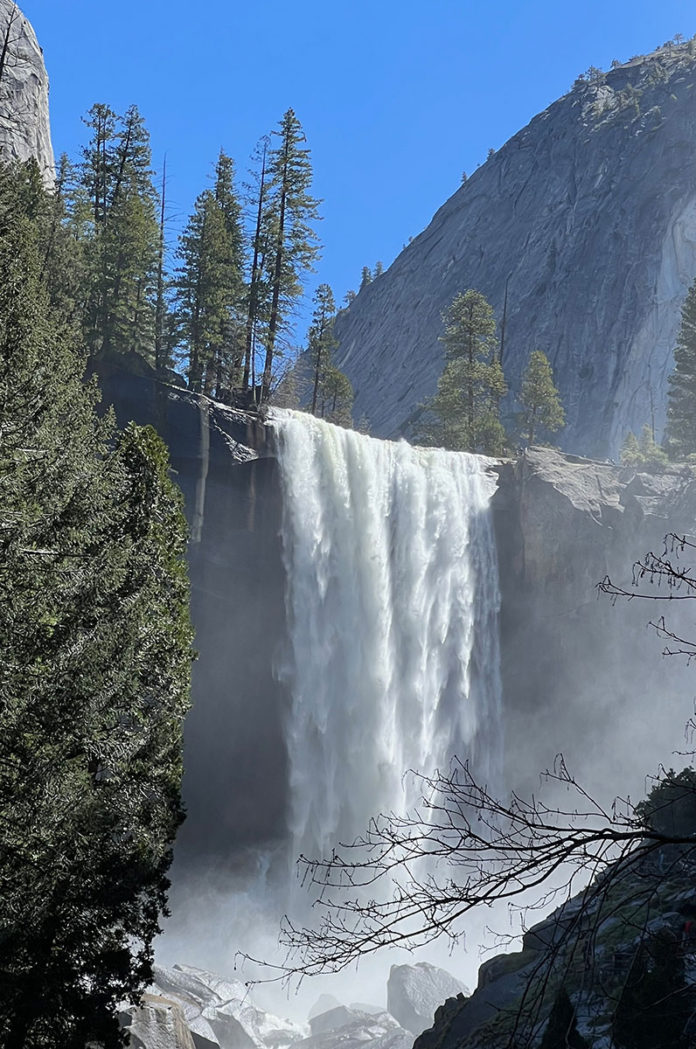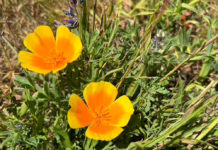
There’s a lot of water flowing into Yosemite valley. All the major waterfalls are gushing, including Vernal Falls (in the photo above). Unnamed waterfalls from snowmelt seemingly flow out of granite walls everywhere one looks.
Yosemite’s natural beauty is stunning any time, but truly special when its waterworks are on full display. Yosemite’s natural beauty is so spectacular that it took just 14 years from the time white settlers discovered this iconic valley to the time Abraham Lincoln signed Senate Bill 204 protecting the valley for public use and recreation on June 30, 1864. It was the first time the U.S. government protected scenic land, and thus Lincoln set the stage for national parks.
Lincoln’s Yosemite Valley Grant Act put the valley floor and Mariposa sequoias under California’s administration. California promoted its visitation and use. As early as 1865, Frederick Law Olmstead, a member of the Yosemite Valley Board of Commissioners, warned of potential damage from unregulated use. Afterwards, John Muir and others lobbied for its stricter protection as a national park.
In 1890, lands surrounding the original California grant became Yosemite National Park while California administered the original land grant. Then in 1906, Theodore Roosevelt, with John Muir’s support and persuasion, convinced California to return the land grant, creating what is today the 750,000-acre Yosemite National Park.
Fun facts: Yosemite Falls is one of the tallest falls in America, falling 2,425 feet; it’s one of 10 major falls in Yosemite listed by the National Park Service. Ahwahnee Lodge was built in 1927 following a design dubbed “parkitecture,” using native materials including round logs and rocks to present a rustic, hand-built look.
Yosemite is the third national park, preceded by Yellowstone in 1872 and Sequoia in 1890; Yellowstone is, reportedly, the first national park in the world.
Notables: Frederick Law Olmstead (1822–1903) is called the father of American landscape architecture. He designed New York’s Central Park and Brooklyn’s Prospect Park, the country’s oldest state park at Niagara Falls, the University of Chicago’s campus and the park around the U.S. Capitol.
John Muir (1838-1914) was the founding father of the Sierra Club in 1892, and the father of “environmentalism.” Born in Scotland, he later moved to Wisconsin, then lived and worked in Yosemite for 6 years (1868–1874).
As the country’s 26th president, Theodore Roosevelt (1858–1919) established the U.S. Forest Service and signed into law five national parks, 18 national monuments and 55 national bird sanctuaries. He was an avid ornithologist and naturalist.








